Capileira, on the edge of the Sierra Nevada Parque Nacional is a mecca for the walker intending to climb the highest peaks in the Iberian Peninsula.
By Nick Nutter | Updated 22 Sep 2022 | Granada | Villages |
Login to add to YOUR Favourites or Read Later
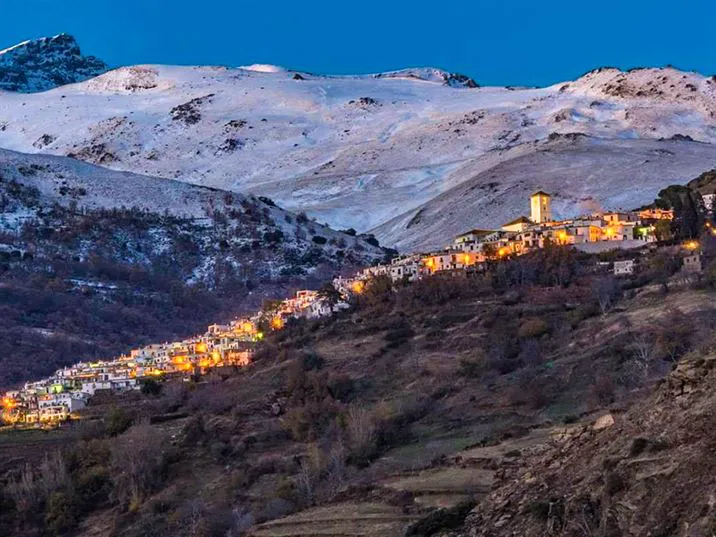
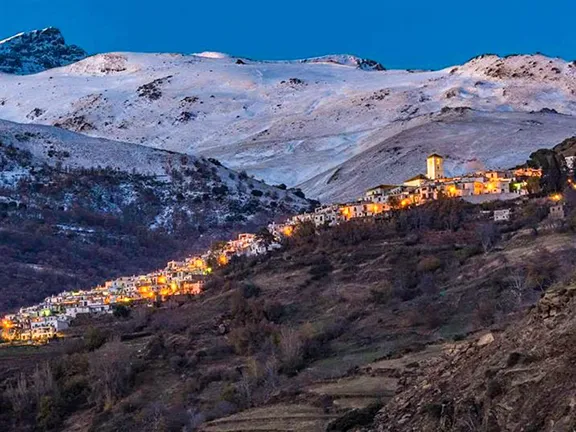
Capileira at dawn
At an altitude of 1436 metres above sea level, Capileira is the highest and most northerly of the three villages in the gorge of the Poqueira river in the La Alpujarra district of the province of Granada, in southern Spain.
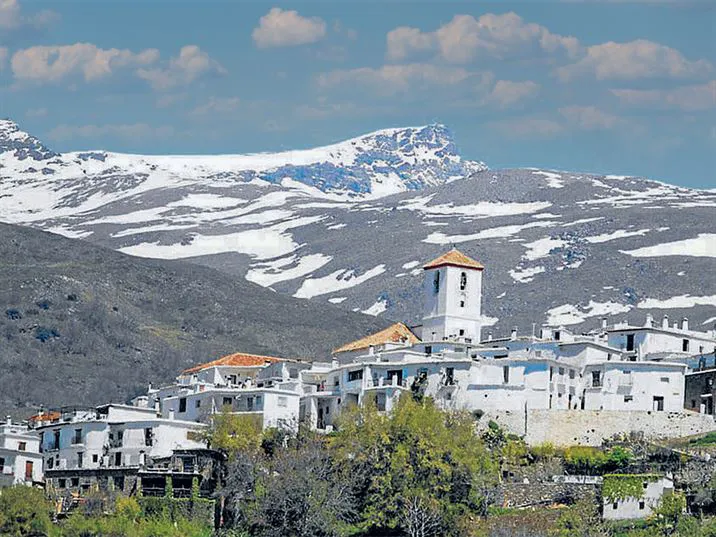
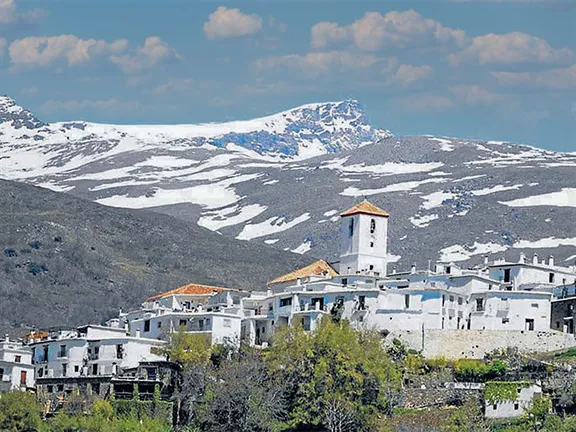
Capileira
Capileira is also the highest village that can be reached by a vehicle and offers easy access, for walkers, into the highest peaks of the Sierra Nevada, including the highest peak in the Iberian Peninsula, Mulhacen (3479 metres). As such it has developed a significant tourist trade, a centre for hikers.
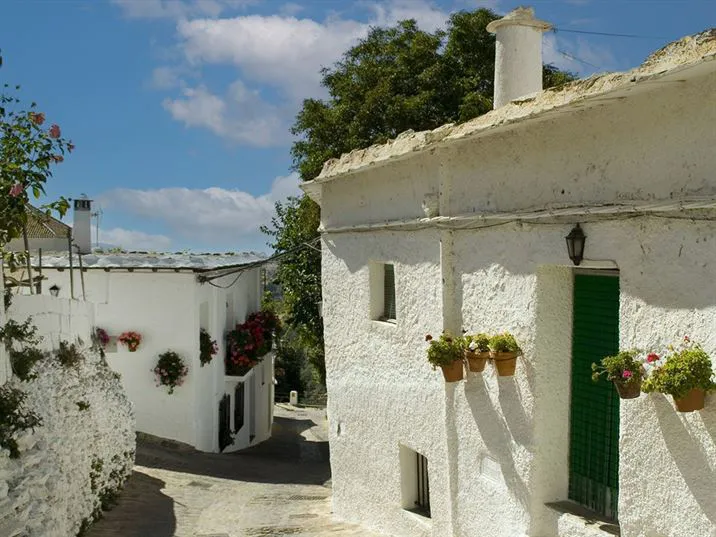
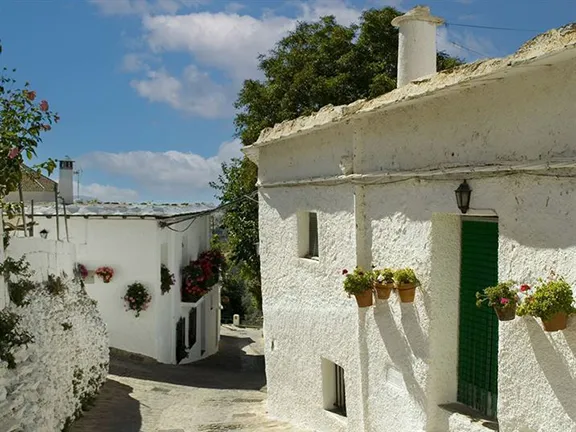
Capileira
The oldest part of Capileira is the lower part of the town, a maze of typical Alpujarrian houses, small, flat-roofed, whitewashed dwellings, bedecked with colourful plants. The upper part of the village is more modern, catering for the tourist with a hotel and apartments, all with fantastic views of the mountains. A plethora of bars and restaurants supply the needs of the apres-walk crowd in the evenings. For those who prefer a more sedentary lifestyle there are colourful artisan shops.
The Museo de Artes y Costumbres Populares Pedro Antonio de Alarcón de Capileira is worth a visit for those interested in life in an Alpujarrian village. There is a good display of the local handicraft products and the primitive implements used to grow, harvest and store agricultural products, mainly wheat and barley, that were the mainstay of the economy before the tourist arrived.
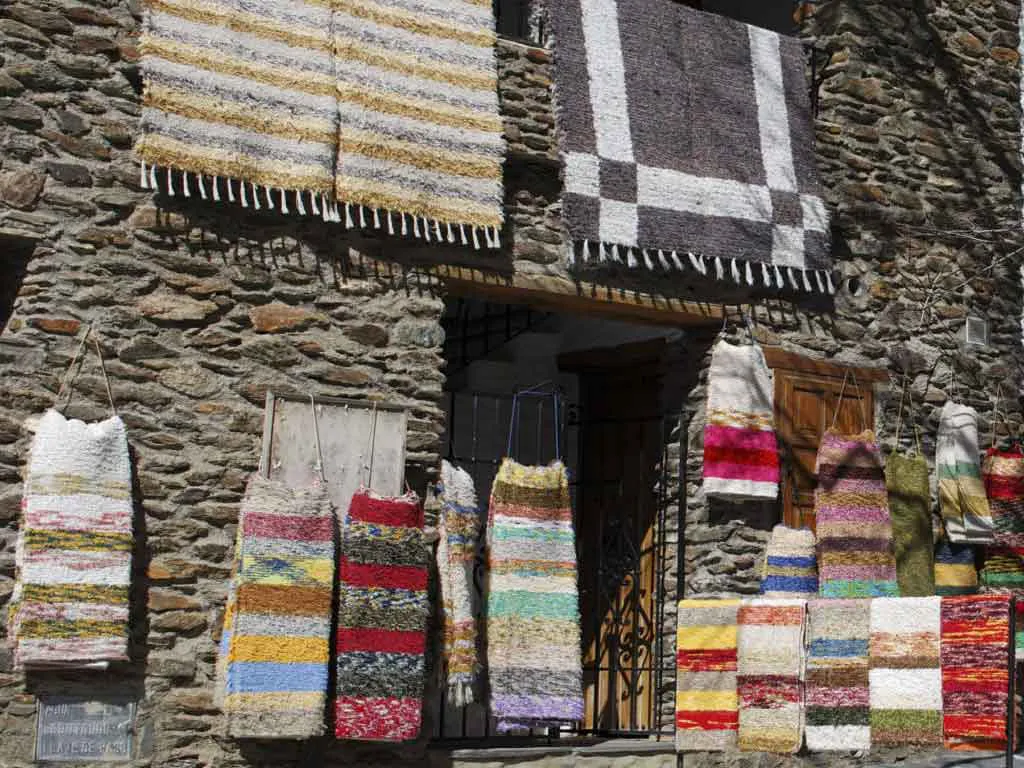
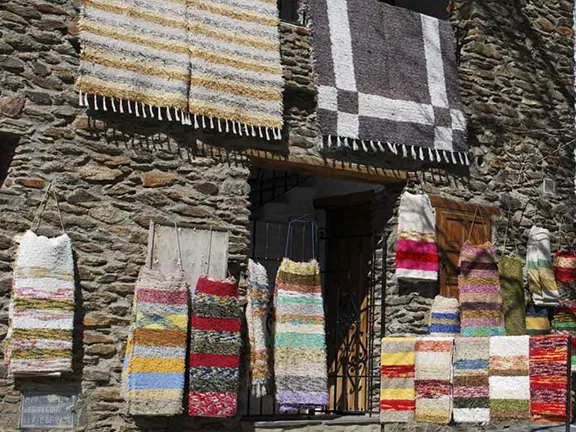
Alpujarra rugs
Notice the hand loom used for making the Alpujarrian bedspreads and rugs; once essential draught excluders during the winters and now in demand by expat residents wanting to project an aura of authenticity to their village homes.
These rugs have been manufactured in the Alpujarras since the 15th century. Until the mid 20th century almost every home had a vertical loom. The rugs are woven from a combination of cotton and wool, the linen of the warp increased the thickness of the rug whilst the wool in the weft provided extra strength. This type of carpet was based on Muslim geometric elements, such as stars or linked borders. They generally used only one colour, or at most two, one for the raised specks and the other in contrast for the background. They boast of having a unique visual and tactile effect.
Today, few of the bedspreads or rugs are hand made but the materials and techniques are continued by businesses producing traditional Alpujarra rugs on an industrial scale
Just outside the town, to the north, you will find Eras de Aldeire, a series of threshing circles, where the grain was separated from the stalks using hand wielded flails. Life was hard in these high villages until very recently, well within living memory.
For opening times of the Ethnographical Museum, click here